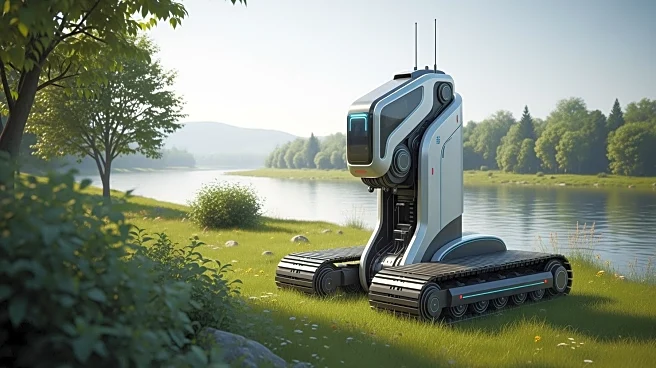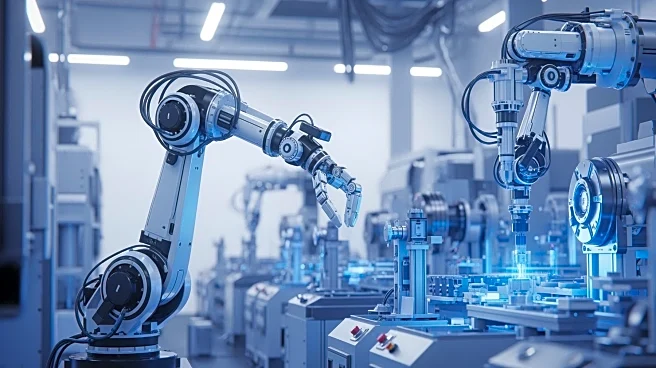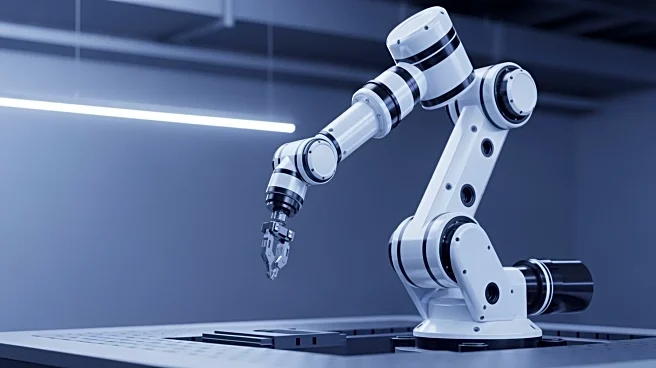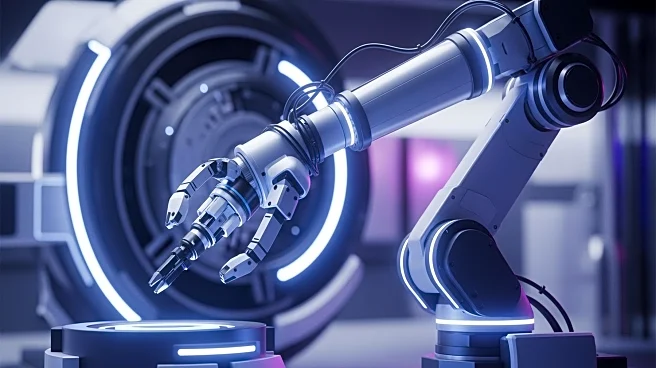What's Happening?
San Rafael, a city north of San Francisco, faces significant flooding risks due to subsidence and rising sea levels. The Canal District, in particular, has sunk three feet, increasing its vulnerability.
Terranova, a startup, proposes using robots to inject a slurry of wood waste into the ground, raising the land to counteract subsidence. This method is presented as a cost-effective alternative to building expensive seawalls, which the city cannot afford. Terranova's approach involves using waste wood mixed with undisclosed materials to create a slurry, which is injected into the ground by robotic units. The company has raised $7 million in a seed round to support its efforts.
Why It's Important?
The initiative by Terranova addresses a critical issue faced by many coastal cities: the threat of flooding due to rising sea levels and land subsidence. Traditional solutions like seawalls are financially prohibitive for smaller cities like San Rafael. Terranova's innovative approach offers a potentially affordable solution, which could be replicated in other cities facing similar challenges. The use of waste wood not only provides a cost-effective material but also offers environmental benefits, such as carbon credit sales. This project could set a precedent for sustainable urban planning and flood prevention strategies.
What's Next?
Terranova plans to continue testing its robots and software at pilot sites, refining its technology for broader application. The company aims to collaborate with city planners and contractors, using its software to model and execute land-lifting projects. As the urgency of addressing rising sea levels grows, Terranova's technology could expand beyond urban areas to include wetland remediation. The success of this project in San Rafael could lead to increased interest and investment in similar technologies for flood prevention.
Beyond the Headlines
The use of robotic technology and genetic algorithms in urban planning represents a significant shift towards automation and precision in civil engineering. Terranova's approach not only addresses immediate flooding concerns but also raises questions about long-term environmental impacts, such as the potential effects on earthquake resilience. The project highlights the intersection of technology, environmental sustainability, and urban development, offering insights into future city planning methodologies.











